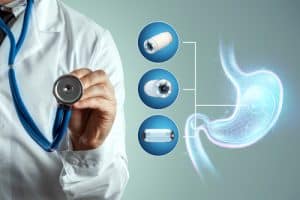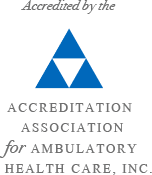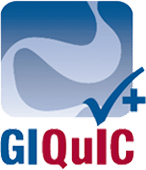What to Expect During and After Upper Endoscopy
 Endoscopic exams and treatments can feel stressful. We find that patients who know what to expect during and after their procedure are much more comfortable and less anxious about their upper or lower endoscopy. Here, we discuss what happens during an upper endoscopy and how to expedite recovery from this minor examination.
Endoscopic exams and treatments can feel stressful. We find that patients who know what to expect during and after their procedure are much more comfortable and less anxious about their upper or lower endoscopy. Here, we discuss what happens during an upper endoscopy and how to expedite recovery from this minor examination.
Upper endoscopy is a minimally-invasive procedure that allows a specialist to observe and evaluate, or even treat, issues in the upper gastrointestinal tract. The upper GI tract includes the esophagus, stomach, and upper segment of the small intestine. The test may be necessary to help discover the cause of symptoms such as unexplained weight loss, nausea, vomiting, and abdominal pain. To examine the upper GI tract, the specialist inserts an endoscope, a narrow, flexible tube-like instrument with a lighted camera on the end. The camera transmits images of the tract onto a video screen.
Endoscopy screenings are performed on an outpatient basis. The doctor first administers a sedative, usually via IV, to help the patient relax. Once the patient is sedated and relaxed, the doctor inserts the small tube through the mouth and throat, observing the video screen for signs of irregularities. If necessary, the endoscope can be used to perform tasks such as stopping bleeding or opening strictures. The endoscope can also be used to take a small tissue sample from an area in which an irregularity is identified. The entire procedure usually takes less than 30 minutes. Under IV sedation, patients may fall asleep, an indication of the comfort that is achieved with this method.
What to Expect After Upper Endoscopy
There is minimal recovery involved with the upper endoscopy procedure, and little discomfort. Post-procedure symptoms may include grogginess from the sedation, a feeling of bloating, sore throat, nausea, difficulty swallowing, and mild pain where the IV was inserted. These usually resolve within 48 hours. Patients should arrange to have someone drive them home because it can take hours for the effects of sedation to wear off. Once home, they should drink plenty of water to help eliminate the sedative more efficiently. Eating soft foods and liquids such as broth can enable recovery with minimal soreness and easier swallowing. To further soothe a sore throat, patients may suck on popsicles or hard candies. Finally, walking can help resolve bloating.
Gramercy Park Digestive Disease Center has two NYC locations. Contact us today to schedule your visit.


